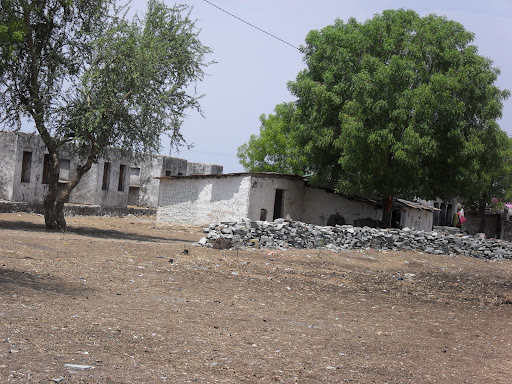The Kanjar, existing outside of the rigid caste system subscribed to by greater Indian society, maintained their nomadic traditions well into the twentieth century. Precolonialism, their interaction with mainstream Indian society mainly consisted of part time work as entertainers and performers. With the strengthening of British influence in the mid 1700's, a bevy of modernization and imperialistic exploitation projects began slowly destroying the jungles and forests the foraging Kanjars depended. Taking action, the Kanjar resorted to rebellion and crime against their foreign guests; though again, it is not clear as to what direct total affect the British had on the decision to turn towards crime and what affect being generally outcast in an increasingly British-like India had.

In either case, the British criminalized by decree the entire Kanjar clan in 1857. Three years later, the Kanjar were scheduled by name under the British Criminal Tribe Act. An apparent attempt into pushing the various pesky tribes around India into shaping up, the 1860 Act had the rather unfortunate unintended consequence of forever stigmatizing the Kanjar within India; synonomizing even today their very tribal identity with criminal or felonious or immoral. It is the descendants of these eternally shamed persons whom I have the responsibility to teach the ABC's and 123's over the summer.
Our first day in Jhalrapatan was reserved for visiting two Kanjar villages and the schools we could choose to teach. The villages are similar to the ones seen on late night Christian infomercials urging viewers to 'save the lives of these children, for under a dollar a day'. Each village consists of around 80 people, ~30 of them school aged children (though education is by no means a priority); and a few dry (unirrigated) farm plots surrounding a few dozen brick rock homes. The houses are the families' bedrooms and living rooms, filled with little more than a few pots and beds. There are no evangelists or infomercial camera crews in either village.

As India's population ballooned after its 1947 independence from Britain (kudos, Gandhi) and land became an asset, the Kanjar were forced to end their nomadic ways and settle on government owned reservations. The Kanjar of today (popularly known under the umbrella term 'Untouchables' in the West) are a marginalized people, heavily discriminated against by law enforcement. Their remote locations offer isolation from the often corrupt police force, but (coupled with an understandable aversion to the authority of the state) also removes them from many mainstream government services. India is the world's largest democracy, but the Kanjar have no political lobby to protect their interests and are usually a minority even within their own districts (remember that the UNICEF Kanjar programs were abolished a few years ago to rid the state minister the shame of having aid programs in Rajasthan under her tenure) and so carry little political weight.


That doesn't mean they are desperately poor and suffering, however. On our tours, I counted many motorcycles parked next to brush or rock piles, at least one satellite TV, and heard music from a variety of cell phone and stereo speakers. I believe each resident is entitled to some form of annual government welfare, but I can never get a straight answer as to how much, or if any, is handed out. The other main sources of income for the Kanjar include 'selling' their daughters into marriage (a practice translated by the IDEX staff into the not-quite-correct-sounding "prostitution") and illegally brewing an alcoholic drank for retail out of berries (more on this later).
All in all, the villages were not in as desperate shape as I'd imagined, though certainly not a place high on the property ladder. With their one room school houses, the nonchalant attitude towards education (especially when it gets in the way of cooking or farming duties), the use of homemade booze, the conservative approach to women's rights, and their interesting farming techs (I had only seen ox drawn plows in museums before), the villages always seem to remind me of predepression Iowa. The high rates of alcoholism and welfare dependence, general state of their isolated government property communities, and low formal employment masquerading greater discrimination and a long history of marginalization make the Kanjar communities a slightly familiar but altogether different kind of Indian reservation than I'm used to.






No comments:
Post a Comment